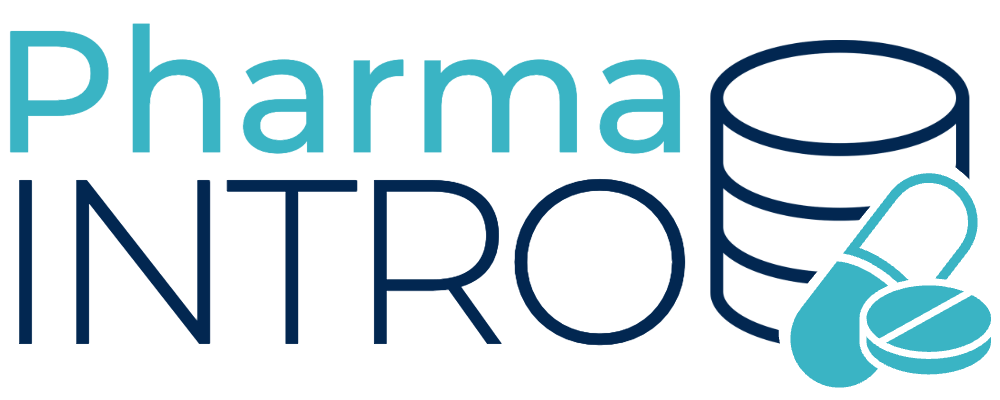A generic drug and a biosimilar drug are both types of drugs that are intended to be less expensive alternatives to brand-name drugs, but they are produced using different manufacturing processes.
A generic drug is a copy of a brand-name drug that is made after the original patent has expired. Generic drugs are identical in active ingredients, dosage form, strength, route of administration, quality, and intended use as the original brand-name drug. The FDA requires that generic drugs demonstrate bioequivalence to the brand-name drug, which means that the generic drug must deliver the same amount of active ingredient to the body over the same amount of time as the brand-name drug.
A biosimilar drug, on the other hand, is a copy of a biological drug that has already been approved by the FDA. Biosimilar drugs are produced using living cells and are more complex than small molecule drugs like generics. Biosimilars are intended to be highly similar to the reference product in terms of safety, efficacy, and quality, but they are not identical. The manufacturing process for biosimilars is more complex than for generics, and there may be slight differences in the structure, purity, or potency of the biosimilar compared to the reference product.
To gain FDA approval, biosimilar manufacturers must demonstrate that their product is highly similar to the reference product in terms of structure, function, and clinical efficacy and safety. They must also demonstrate that any differences between the biosimilar and the reference product do not affect the safety or efficacy of the biosimilar.
In summary, while generic drugs are copies of small molecule drugs that have already been approved, biosimilar drugs are copies of complex biological drugs and are intended to be highly similar to the reference product. Both types of drugs are intended to be less expensive alternatives to brand-name drugs, but they are produced using different manufacturing processes and undergo different regulatory requirements.

